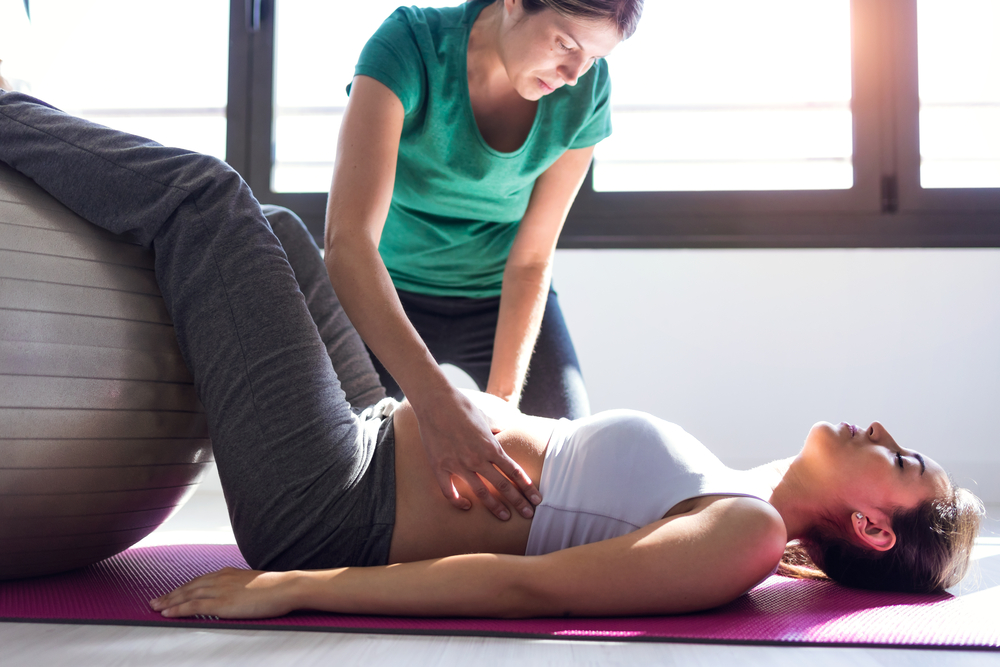Women’s Health Issues & Their Therapeutic Treatments

For half the population, there are a variety of gender-related health issues that can wreak havoc on a woman’s body. As women age or go through major life events like giving birth, there are various ailments and health issues that can emerge. Below, we discuss some of the most common female-specific health issues and the women’s physical therapy treatments for each.
Pelvic floor dysfunction
The group of muscles at the bottom of a woman’s pelvis is commonly referred to as the pelvic floor, which supports the bowels, bladder, and uterus and keeps all these organs in place. Especially during pregnancy and after giving birth, this area is prone to disruption and injury, though it is common in women of all ages and often goes undiagnosed.
While pregnant, the weight of the unborn fetus can put stress on the pelvic floor and make it become inelastic, and giving birth only puts more pressure on this area and can even lead to tearing. This type of damage and dysfunction can cause pain during sex, pelvic pain, separation of the pubic symphysis bone, or the prolapse of the pelvic organs.
As a remedy, there are a variety of treatments and exercises that women can do to help strengthen the pelvic floor and relieve some of these symptoms. One commonly used technique is Kegels, the contraction and activation of the pelvic floor. In addition, a biofeedback machine can be used to help women visualize the contraction of these muscles and become more familiar with this area.
Postpartum incontinence & discomfort
Closely related to pelvic floor dysfunction are postpartum incontinence and discomfort. After giving birth, many women experience urinary leakage or pain in the area as their pelvic floor muscles weaken and become lax. Even after this area shrinks during postpartum, it can often remain weak for months after and cause discomfort or incontinence.
Similar to the treatment for pelvic floor dysfunction, Kegels and biofeedback devices are commonly used on women experiencing these issues. Learning how to contract, relax, and gain control over the muscles in this area is key to relieving incontinence issues and easing the discomfort.
Low back pain during pregnancy
For expectant mothers, lower back pain is widely common. Largely due to the mother gaining weight and her center of gravity moving forward, her muscles often become strained and can cause her to lean forward. This change in posture puts added stress mainly on her lower back, but can also cause pain in the neck area, chest, and upper back during pregnancy and for months afterward.
To treat this, many physical therapists utilize trigger point therapy to put pressure on the affected area which relieves pain. Additionally, e-stim treatments may be used, which emit electrical pulses to mimic neuron signals in muscles or nerves and can reduce pain.
Even though these issues are common in women, everyone’s body is different, so treatment plans and techniques may differ for each person depending on their needs and levels of comfortability. Physical therapists can be of great help for women experiencing the above health problems, and they can help women develop a personalized treatment plan that is right for them.
